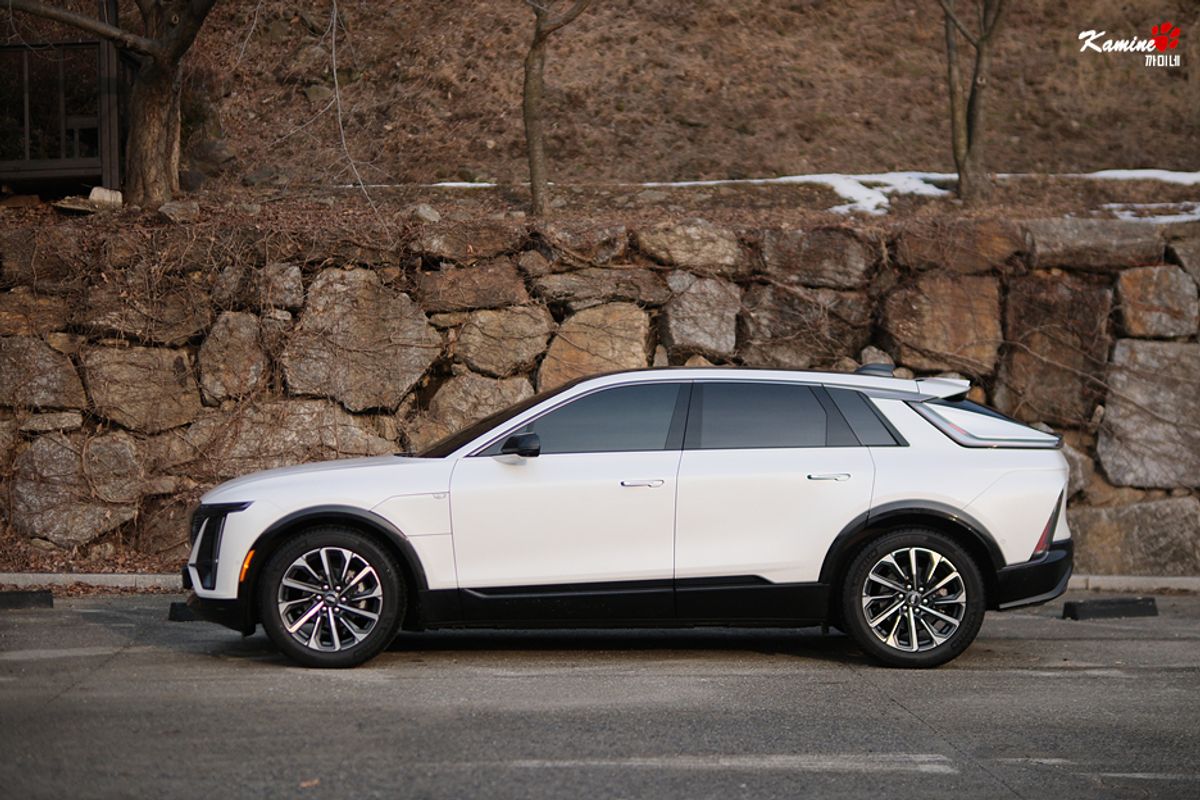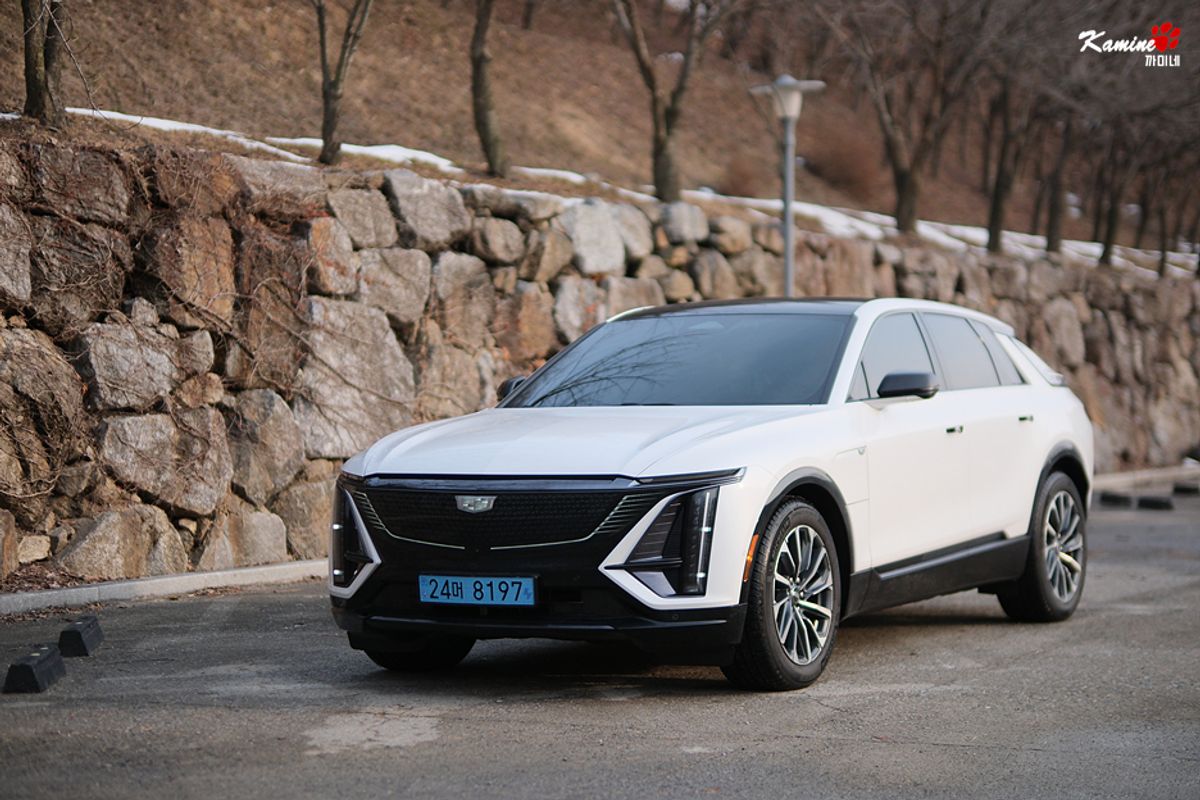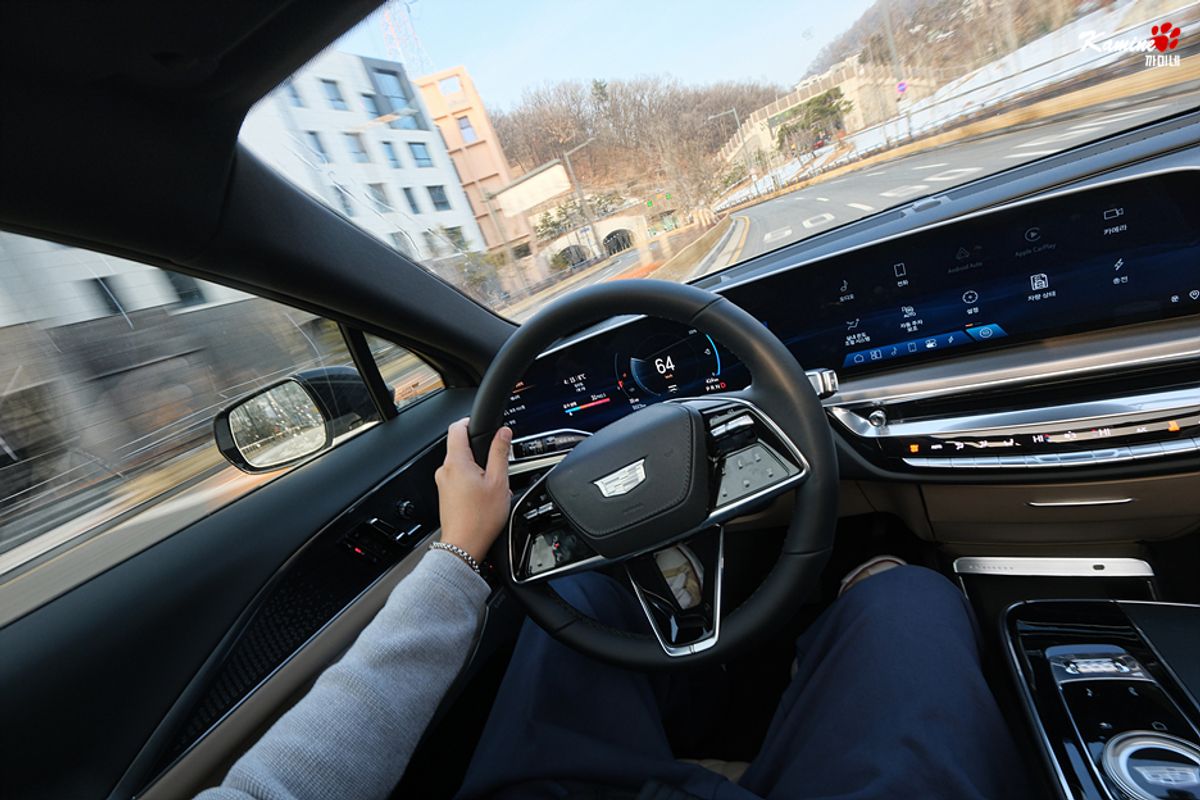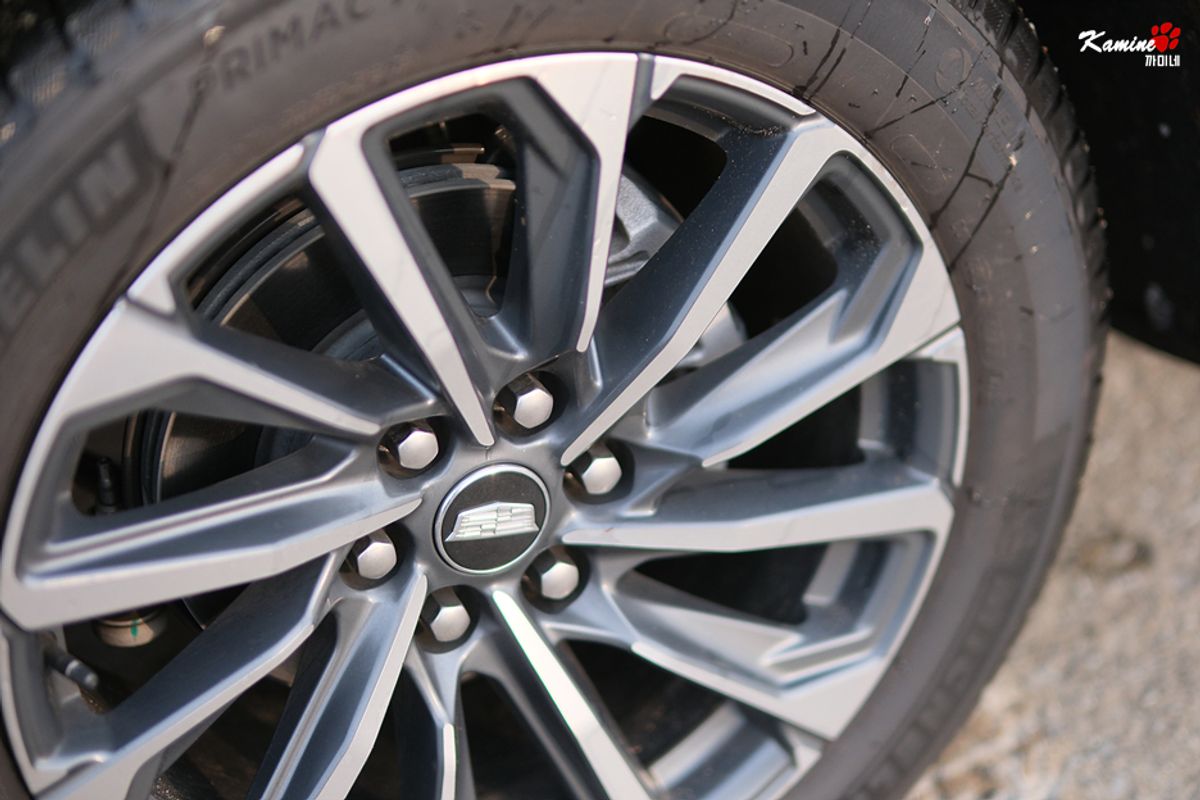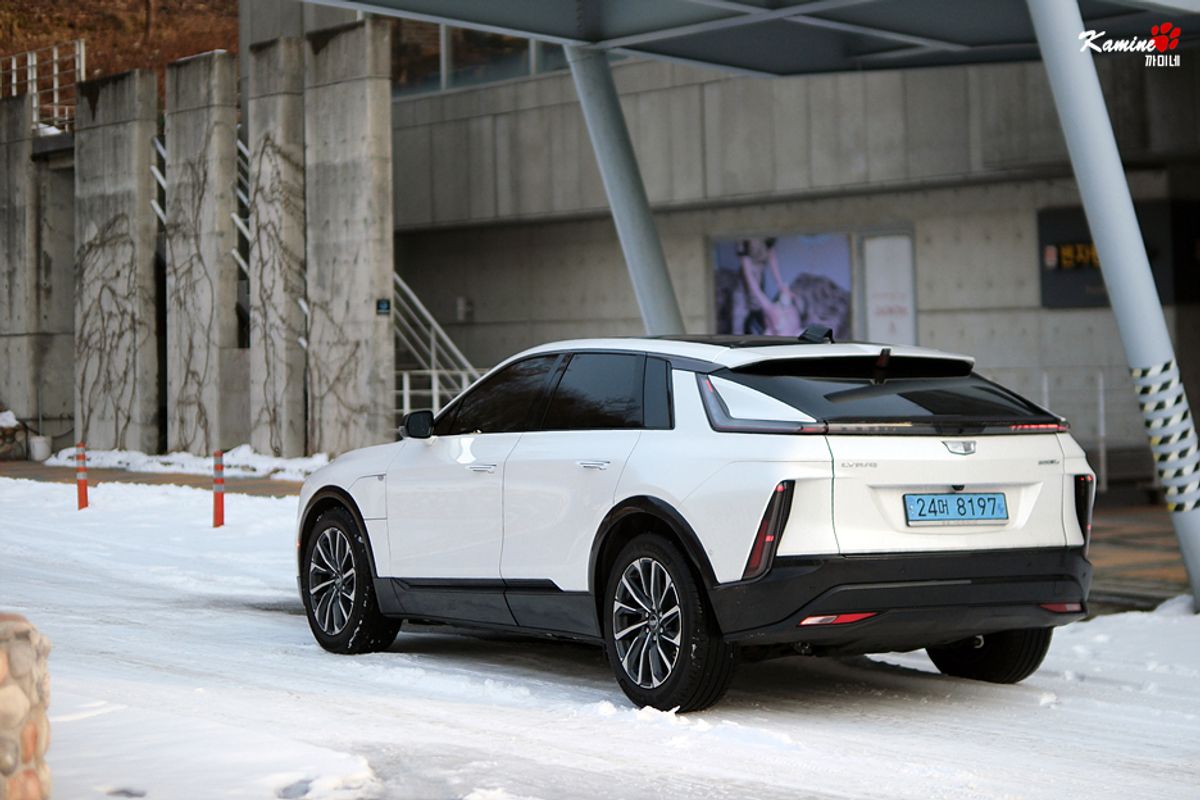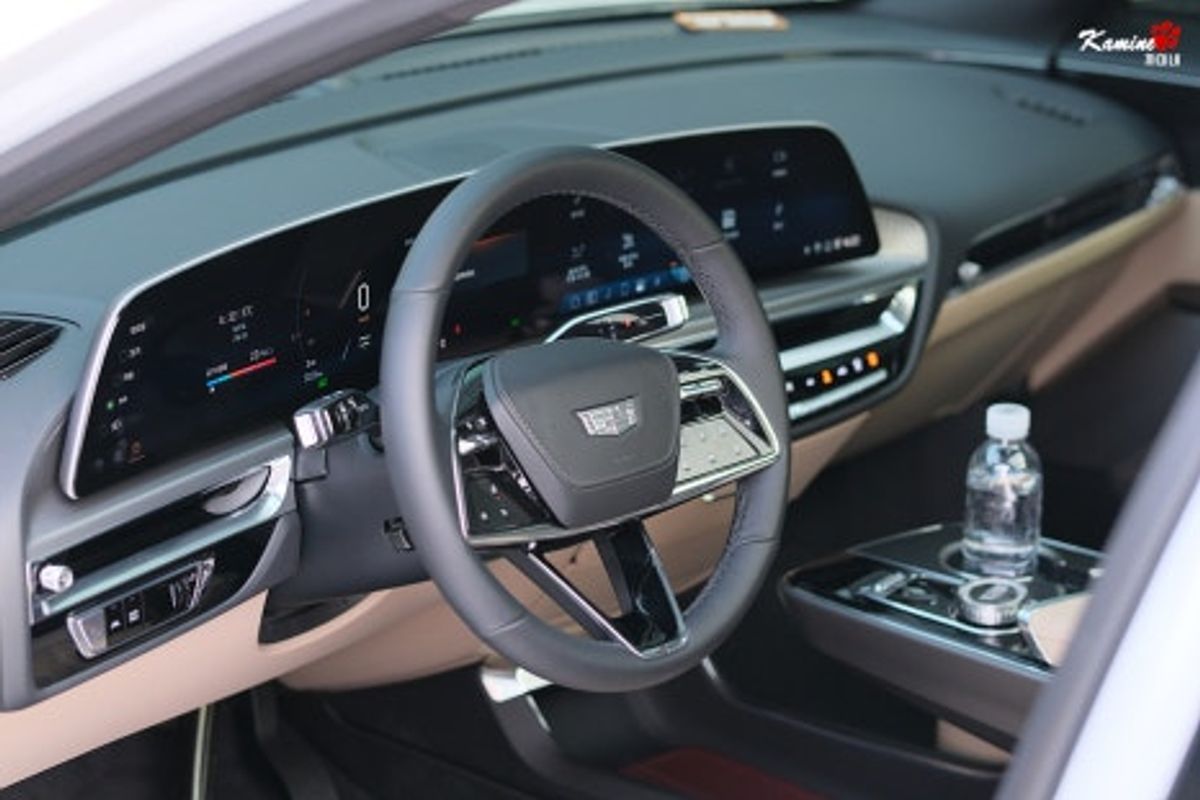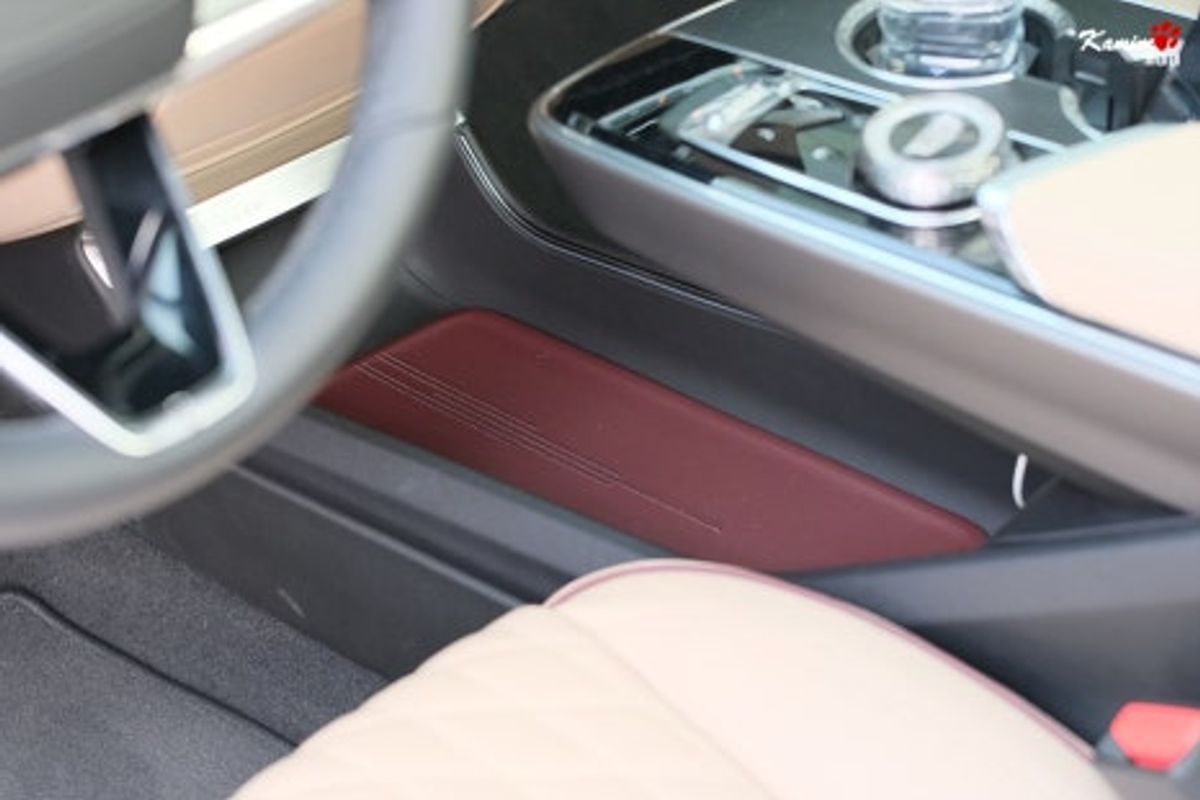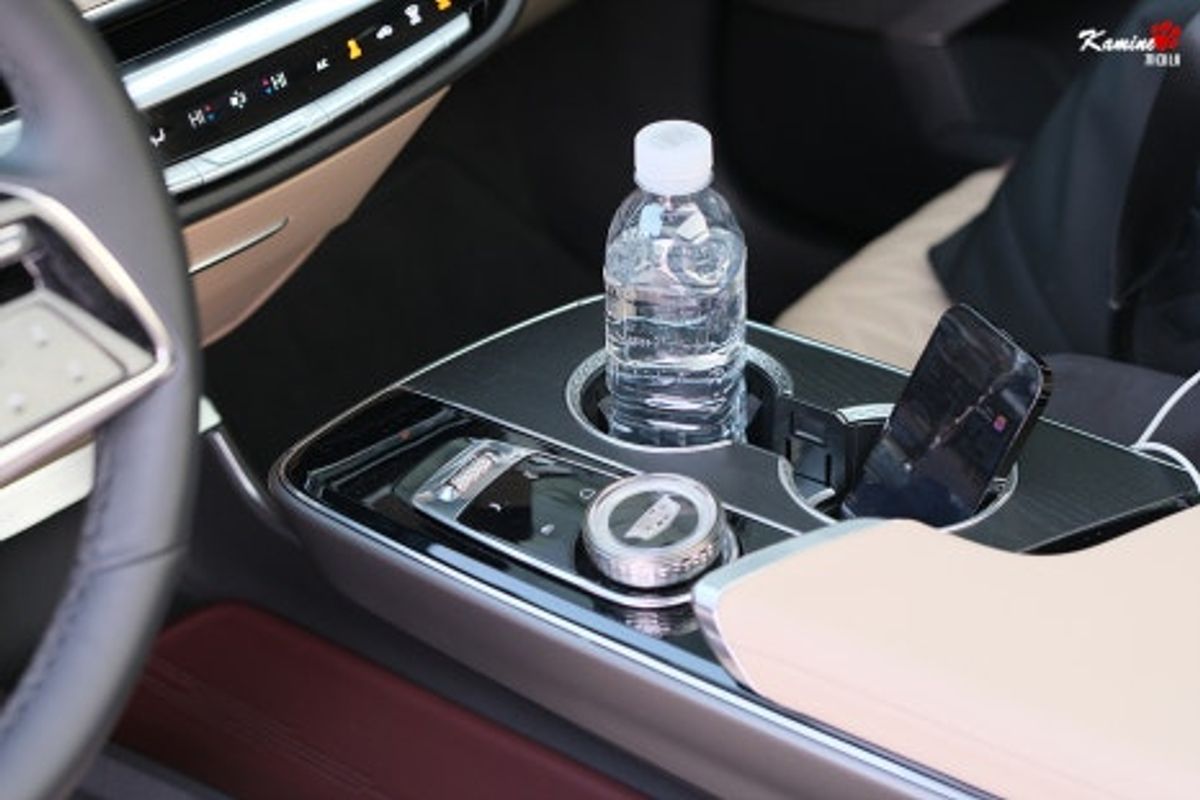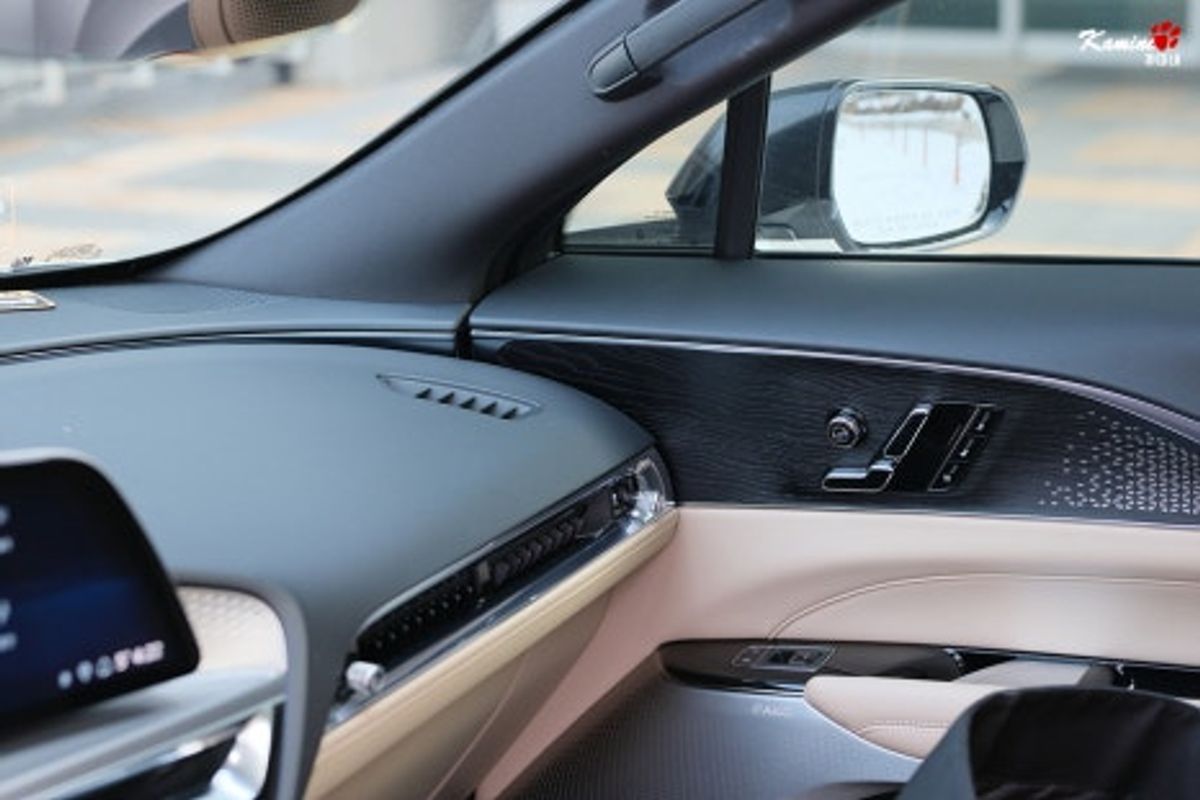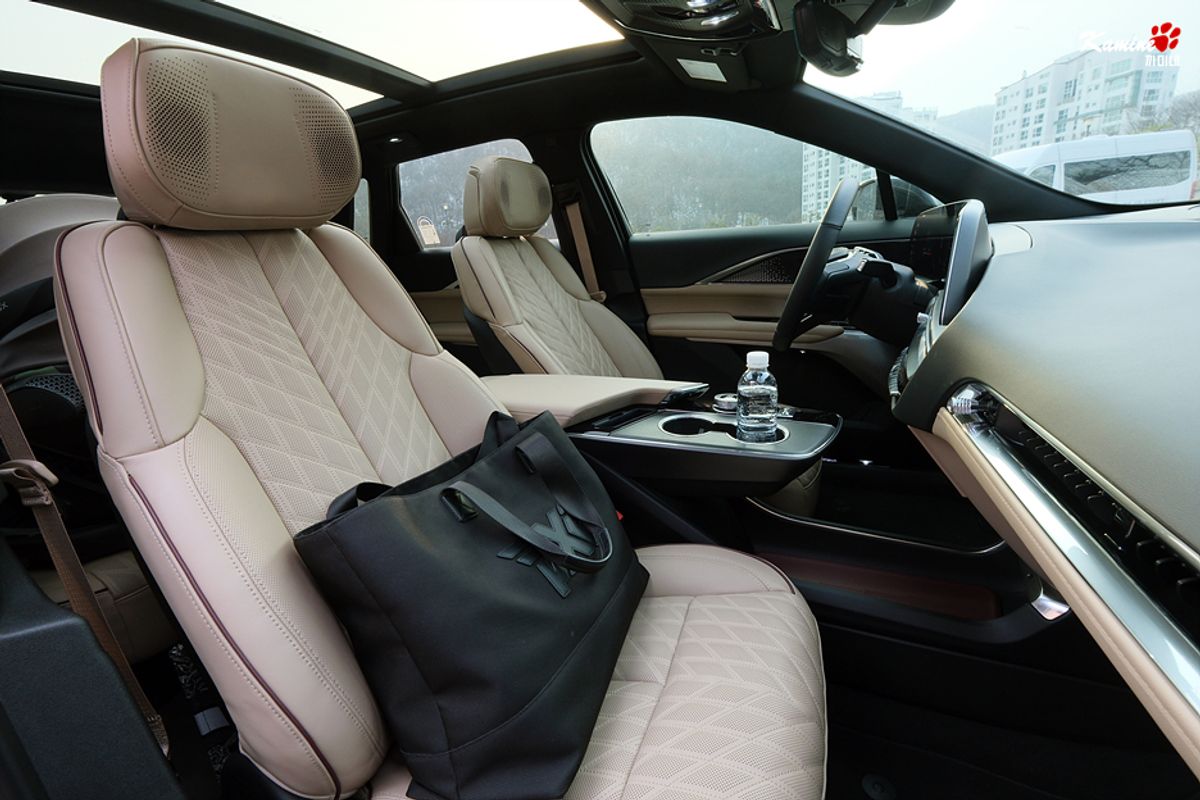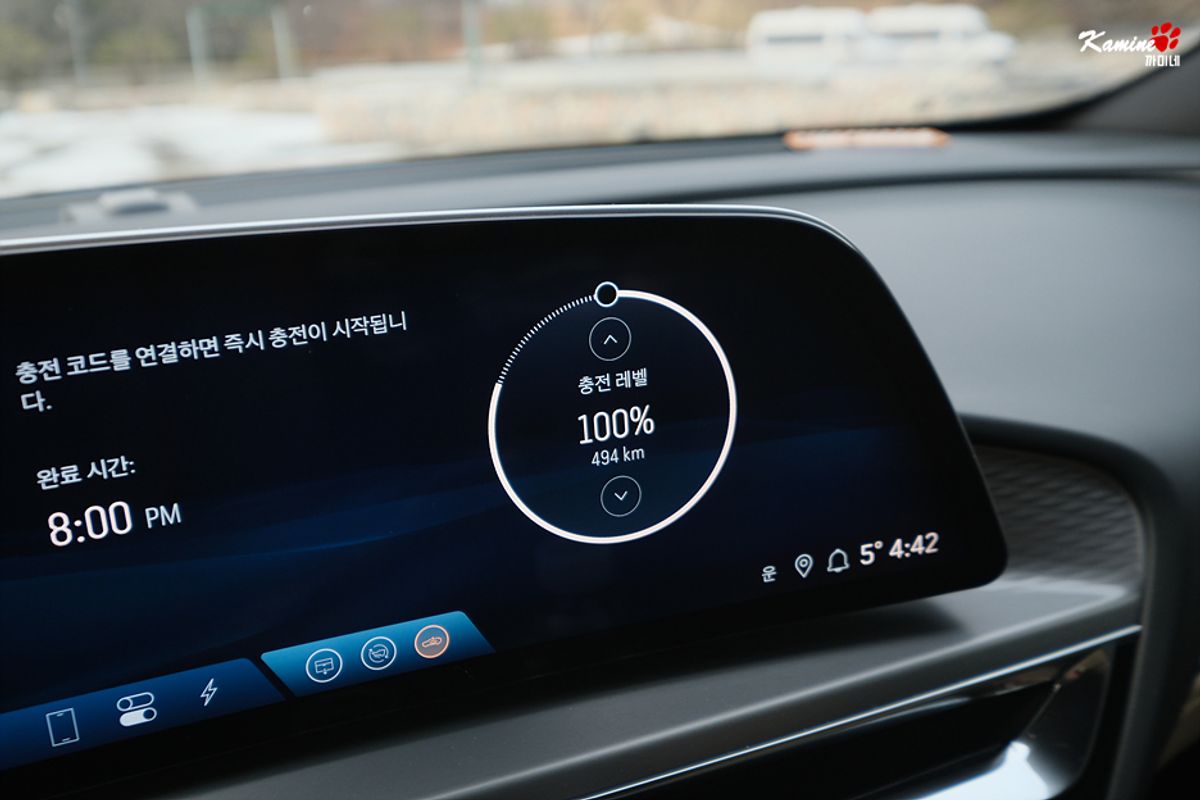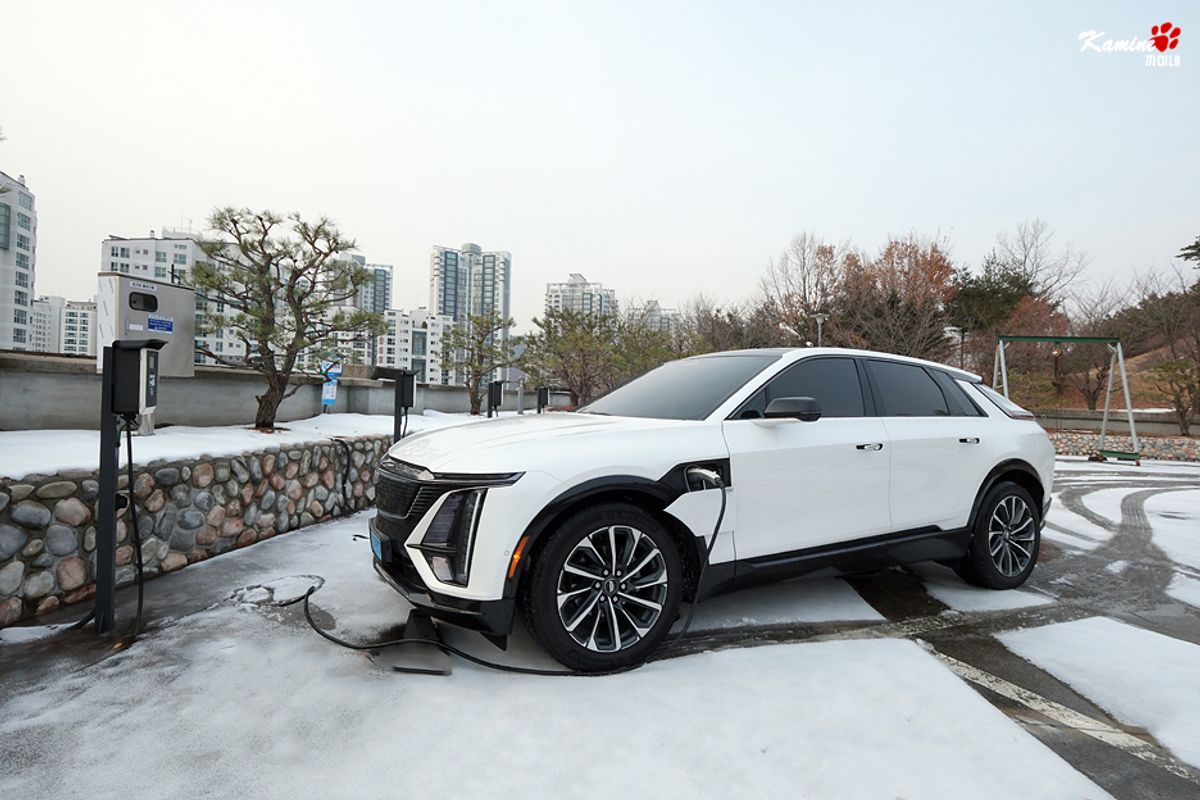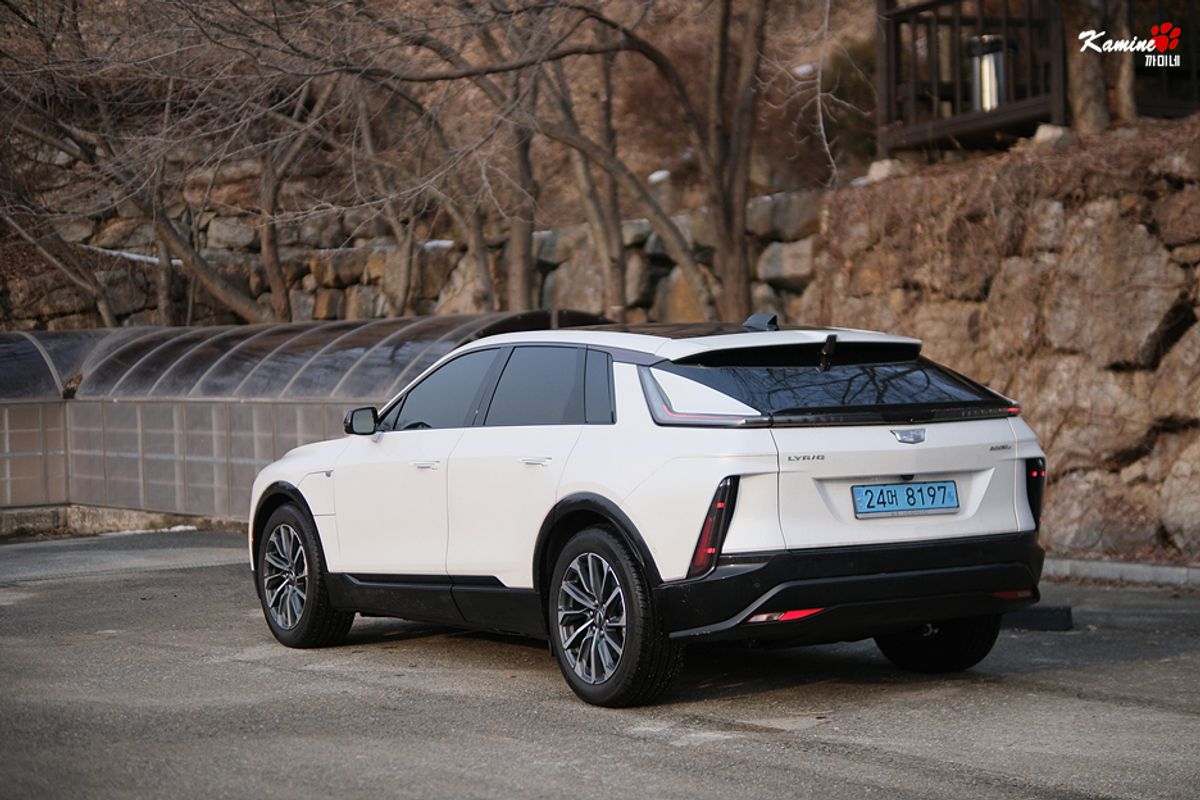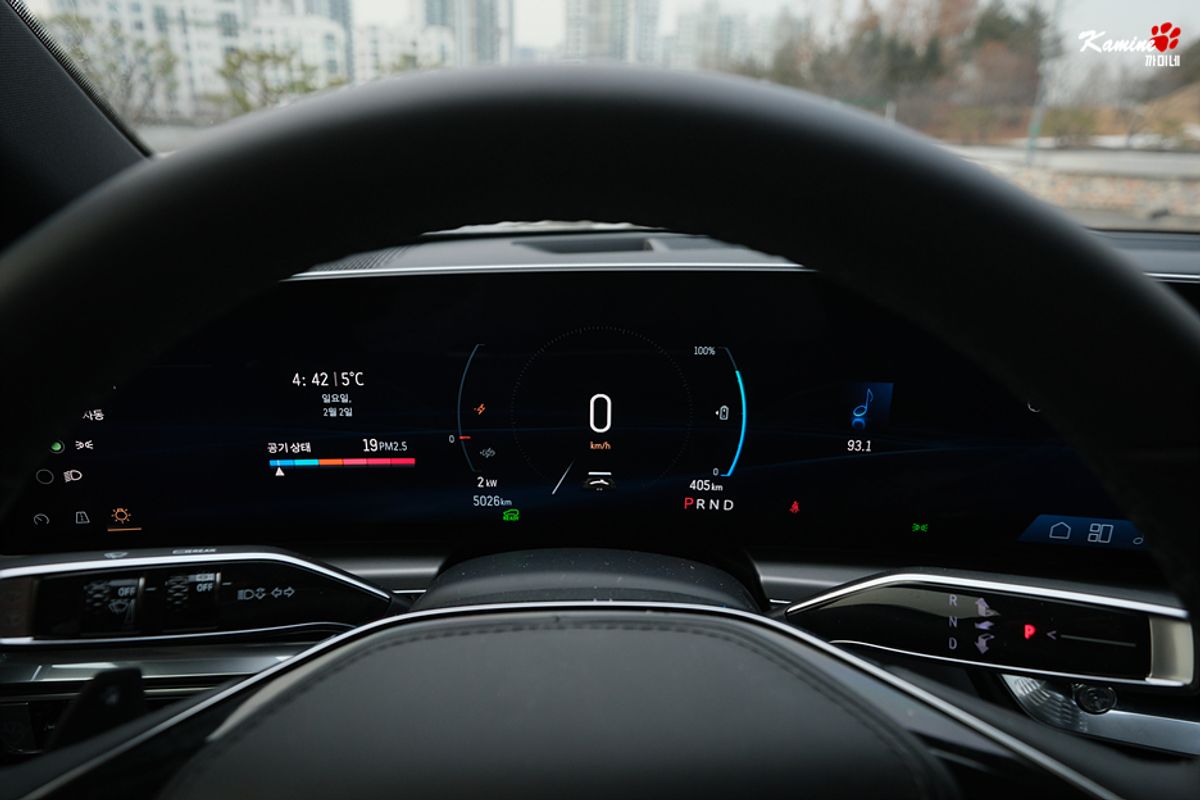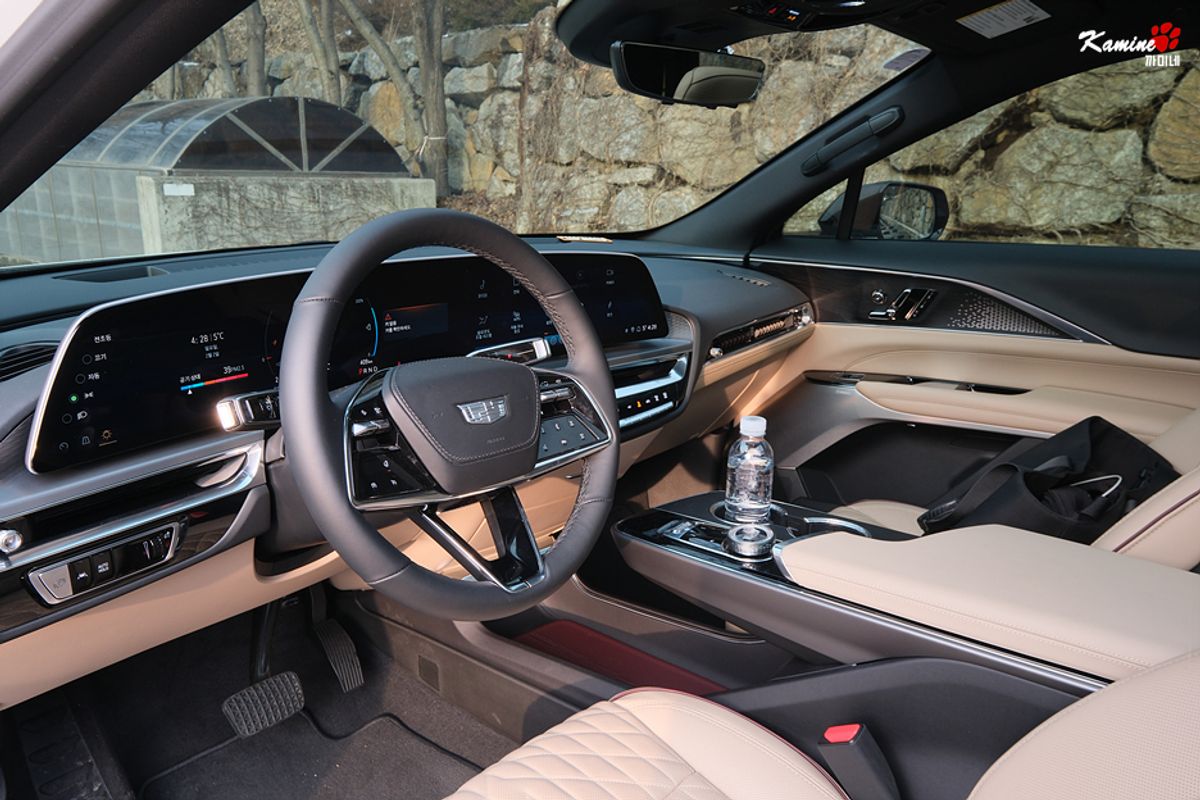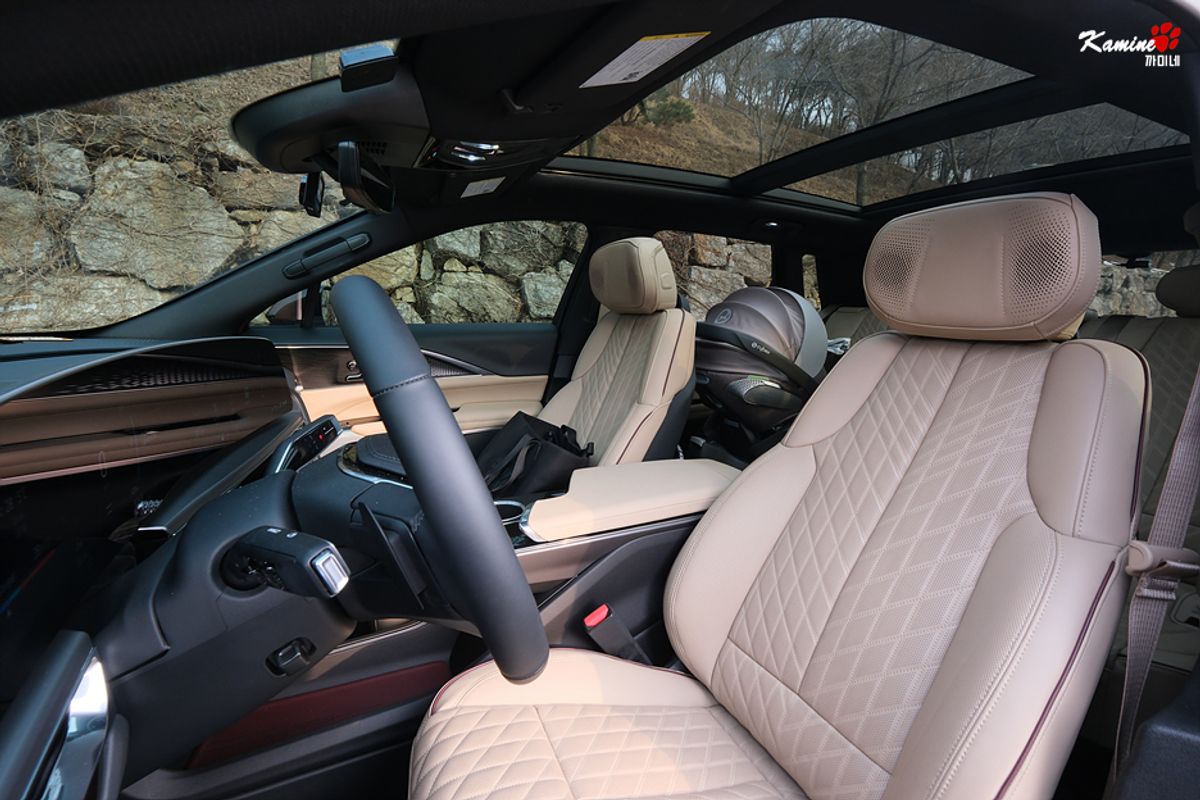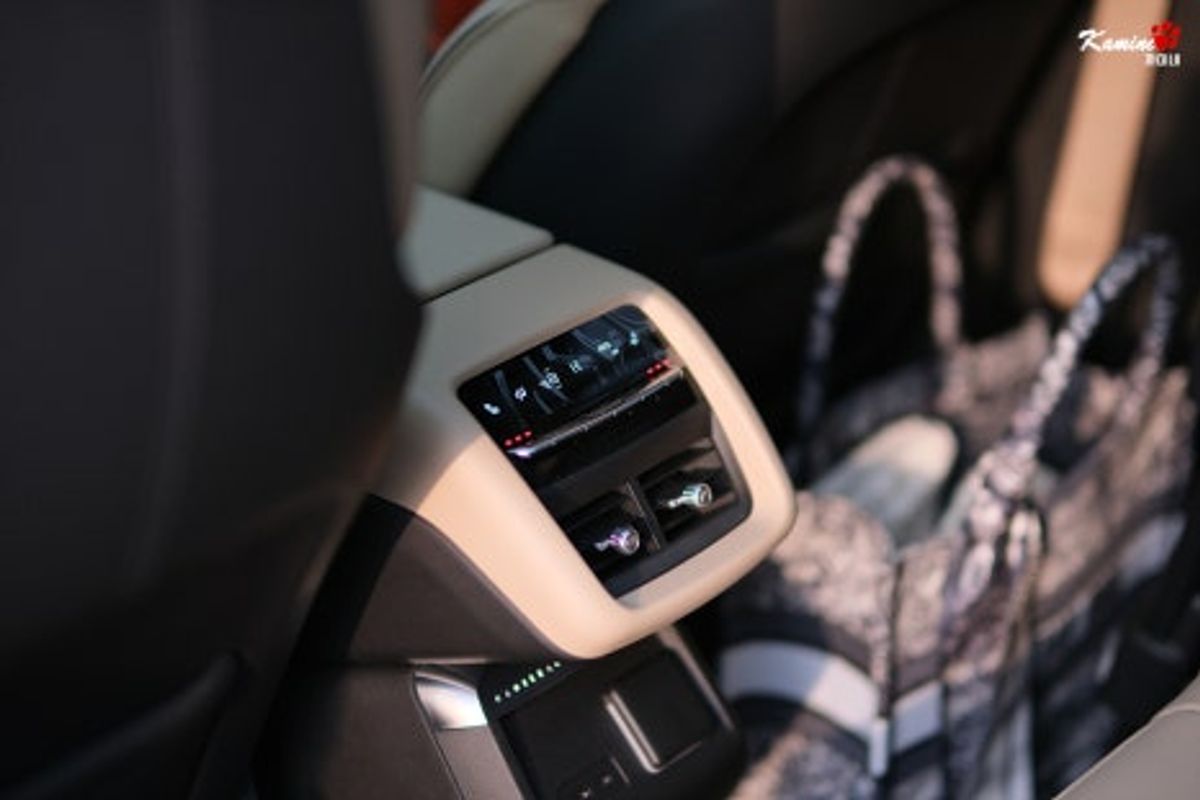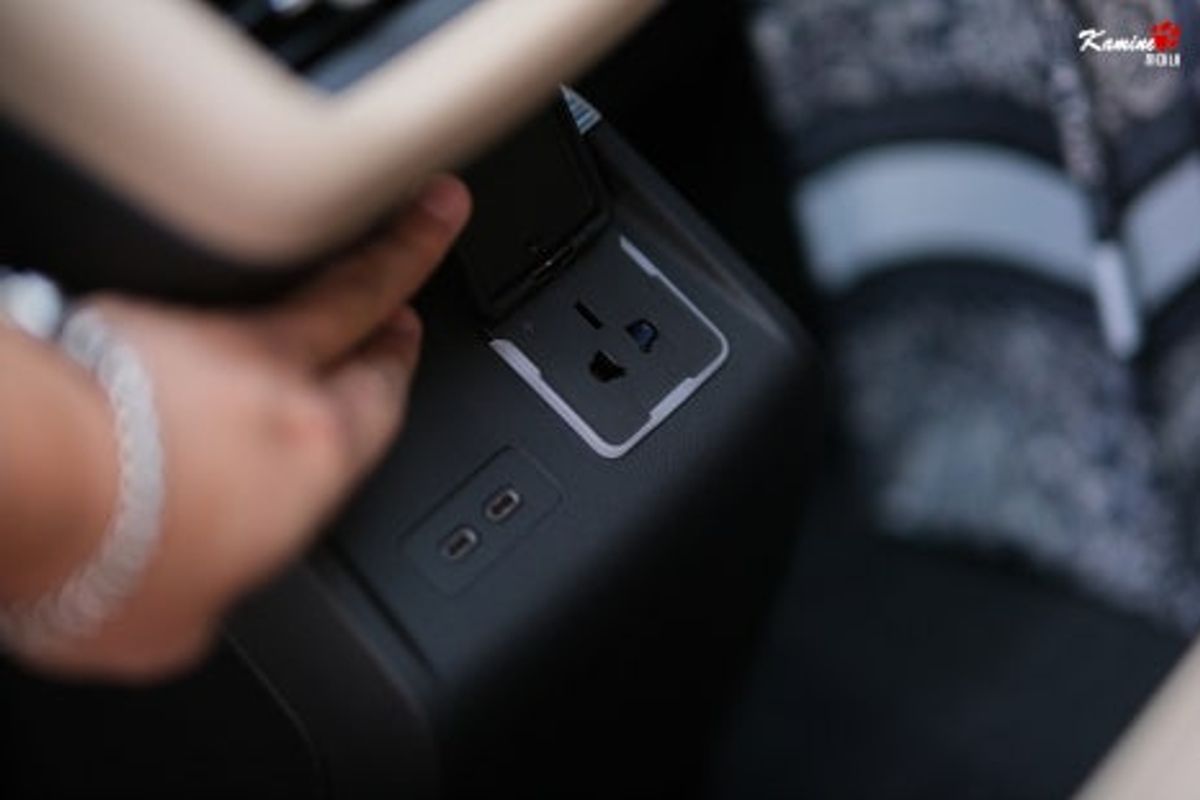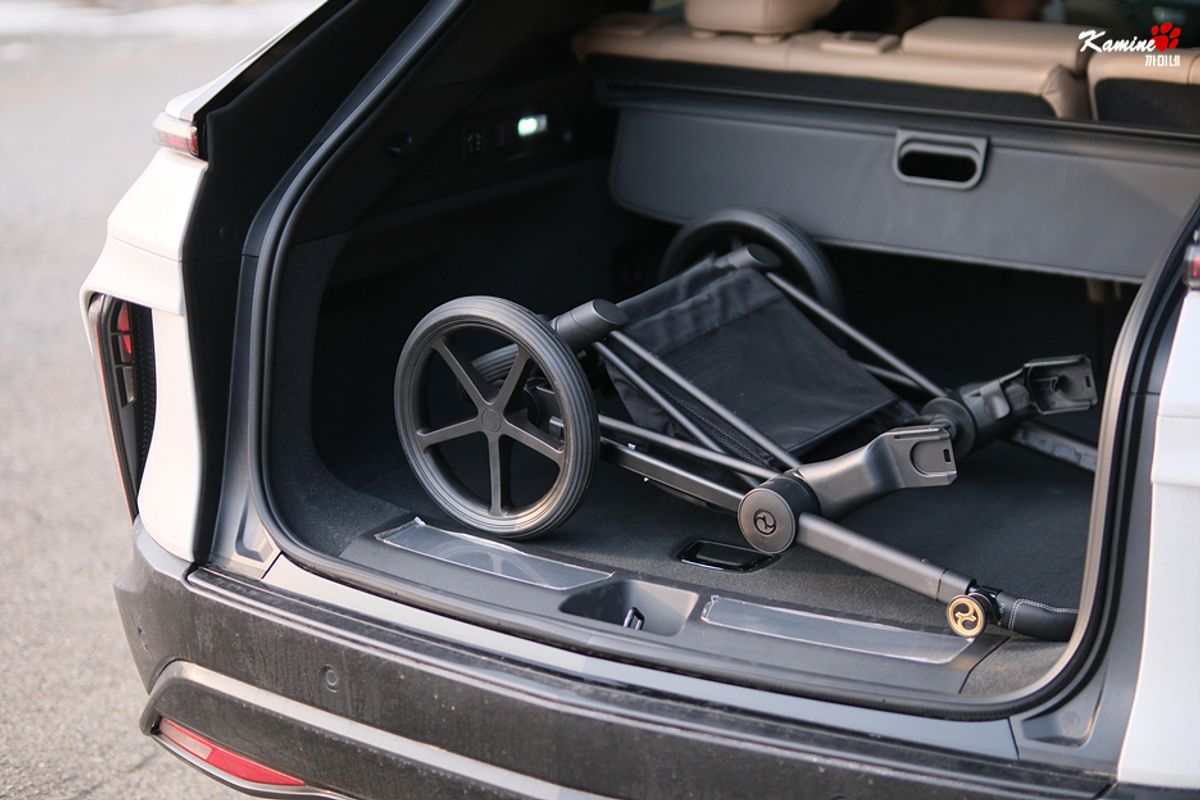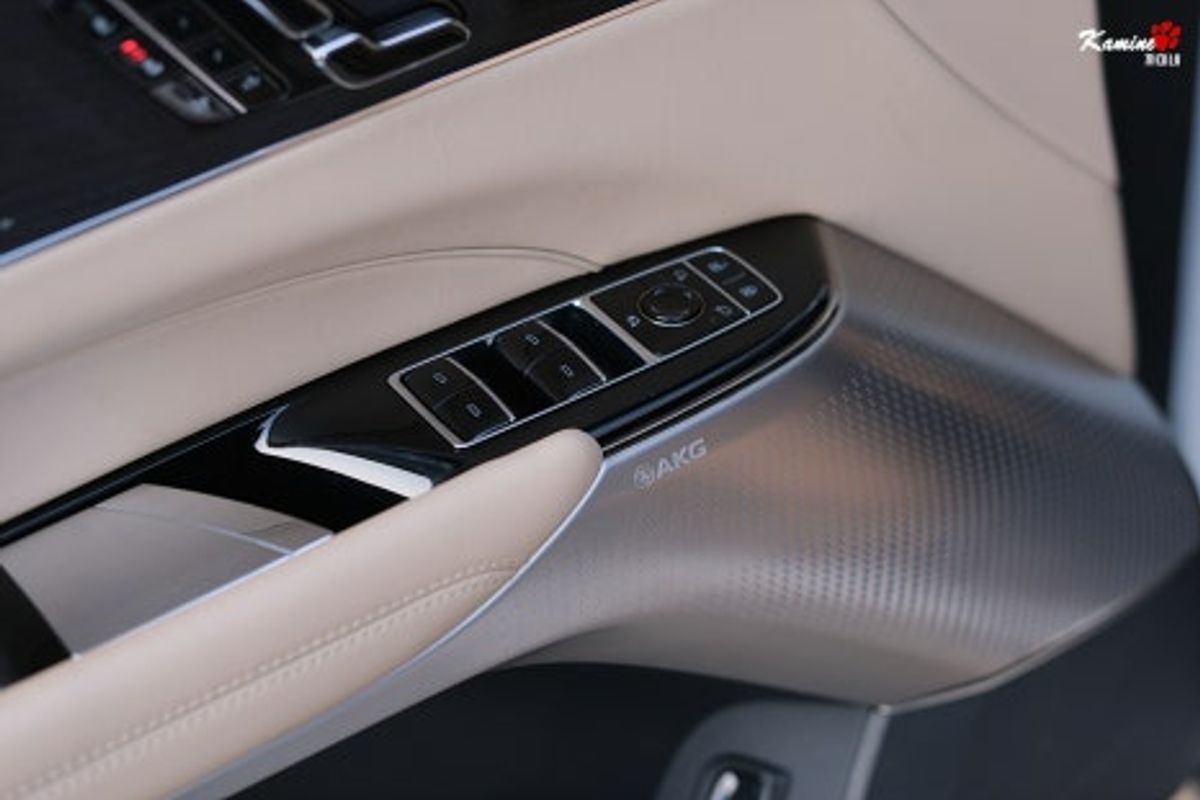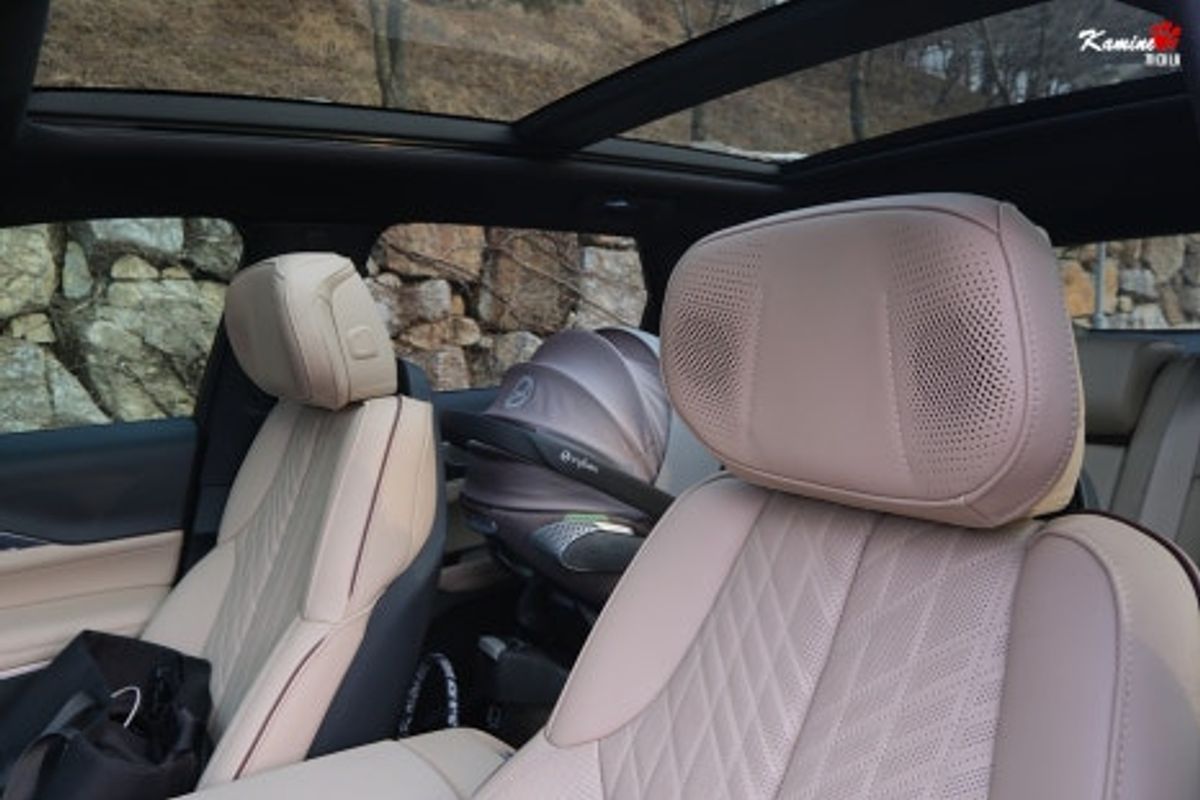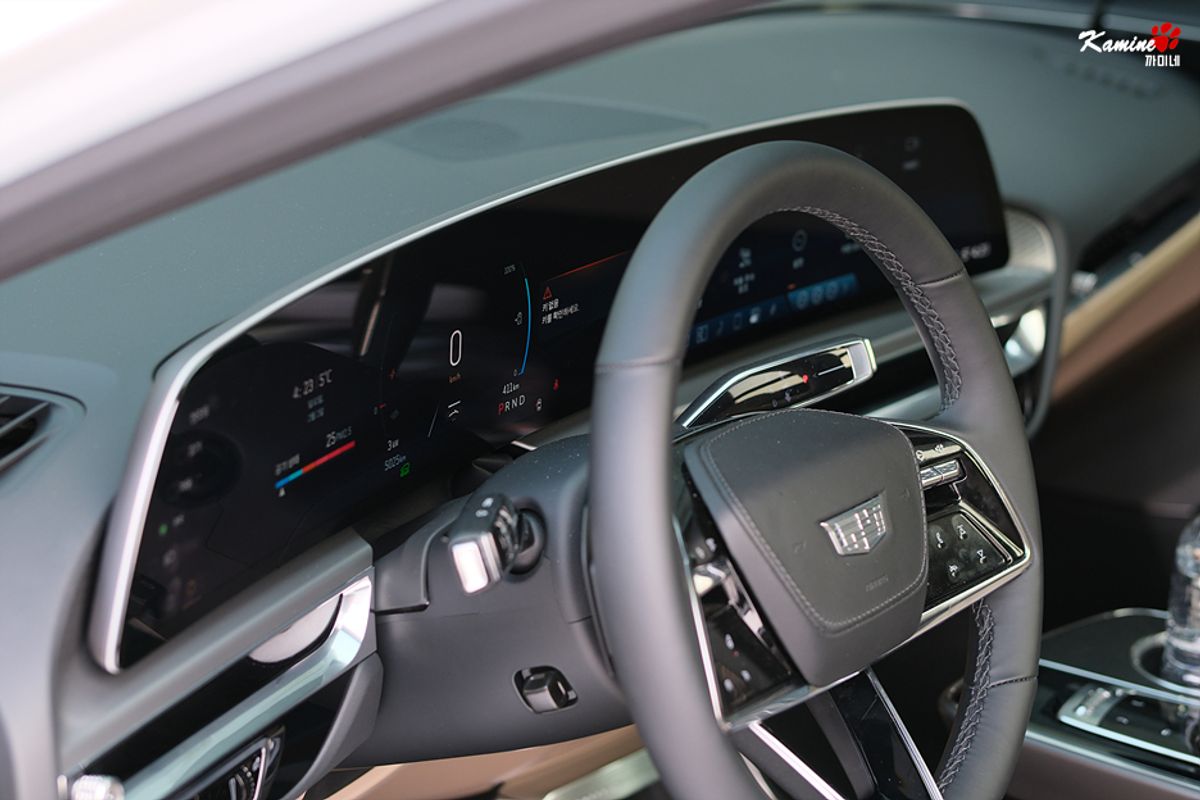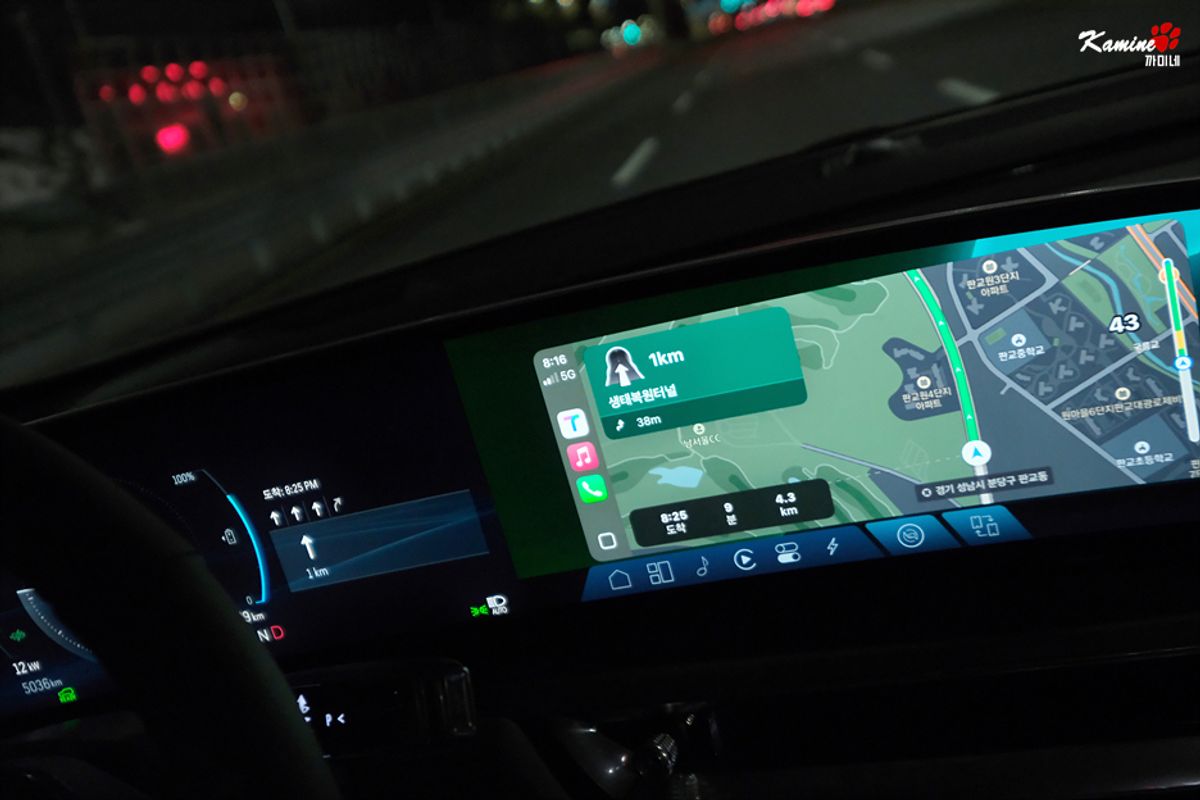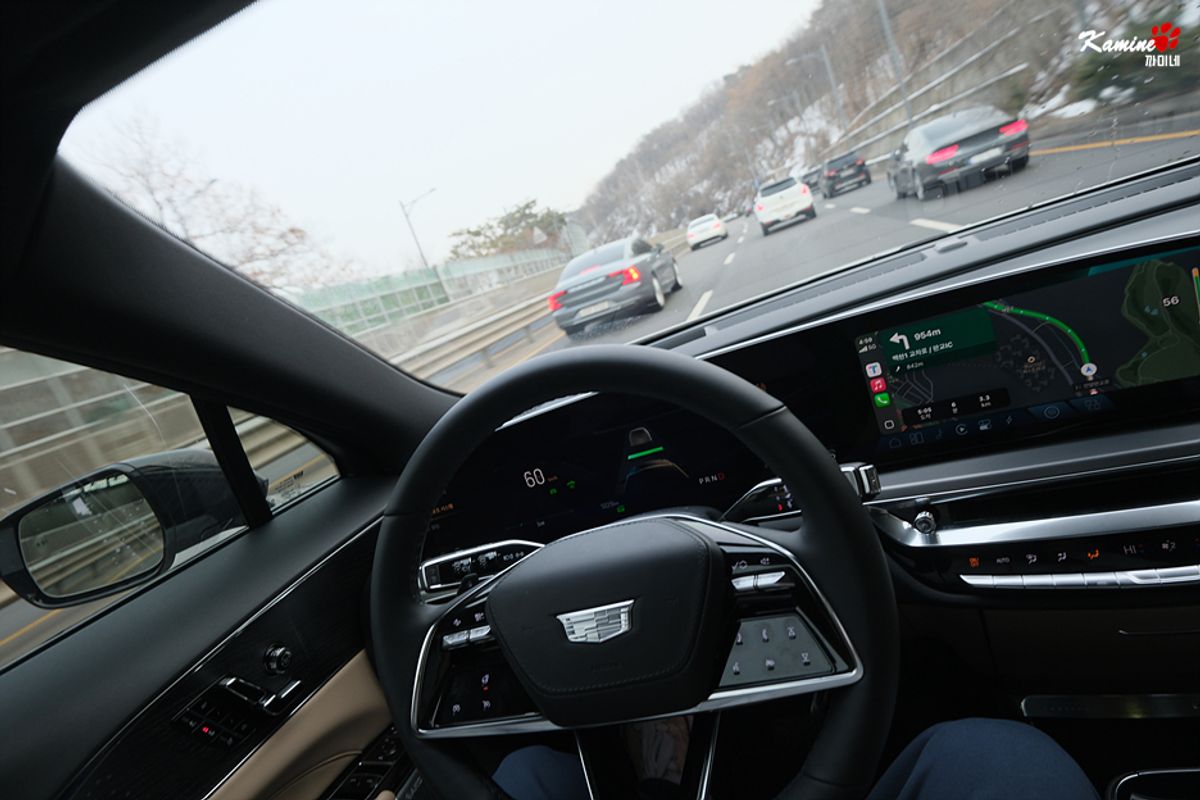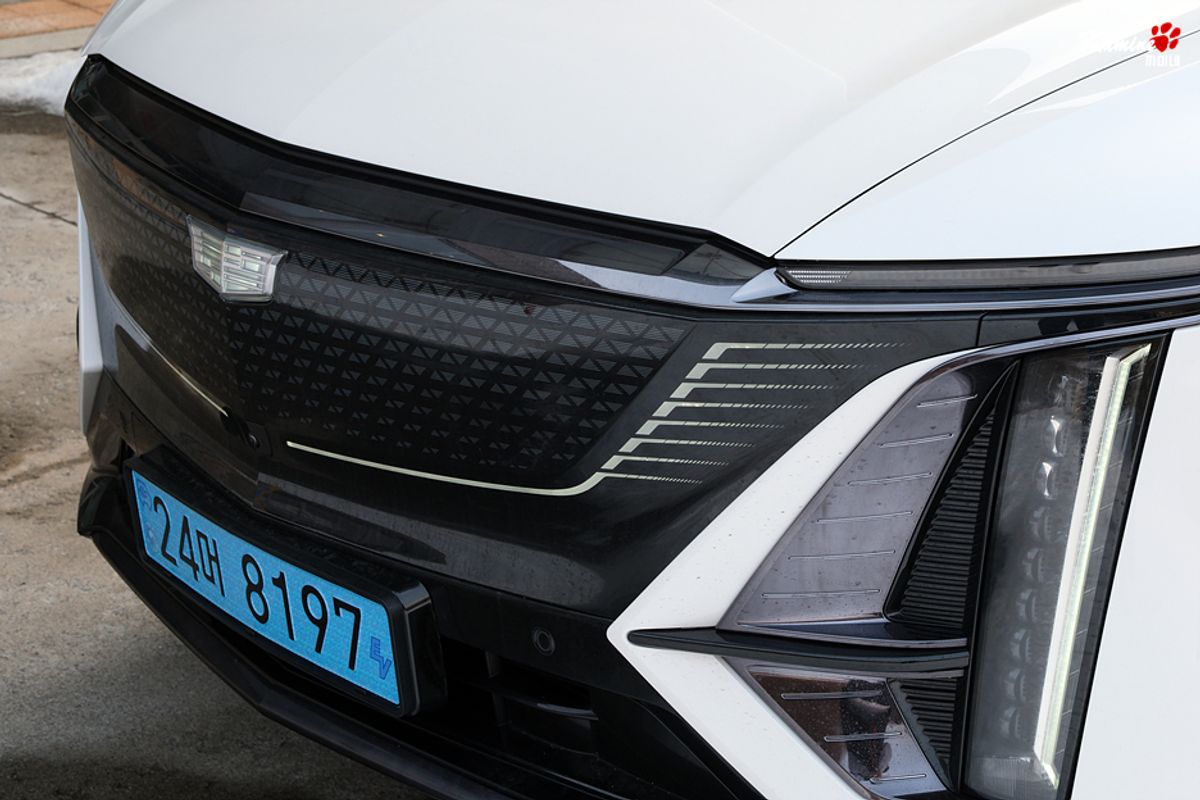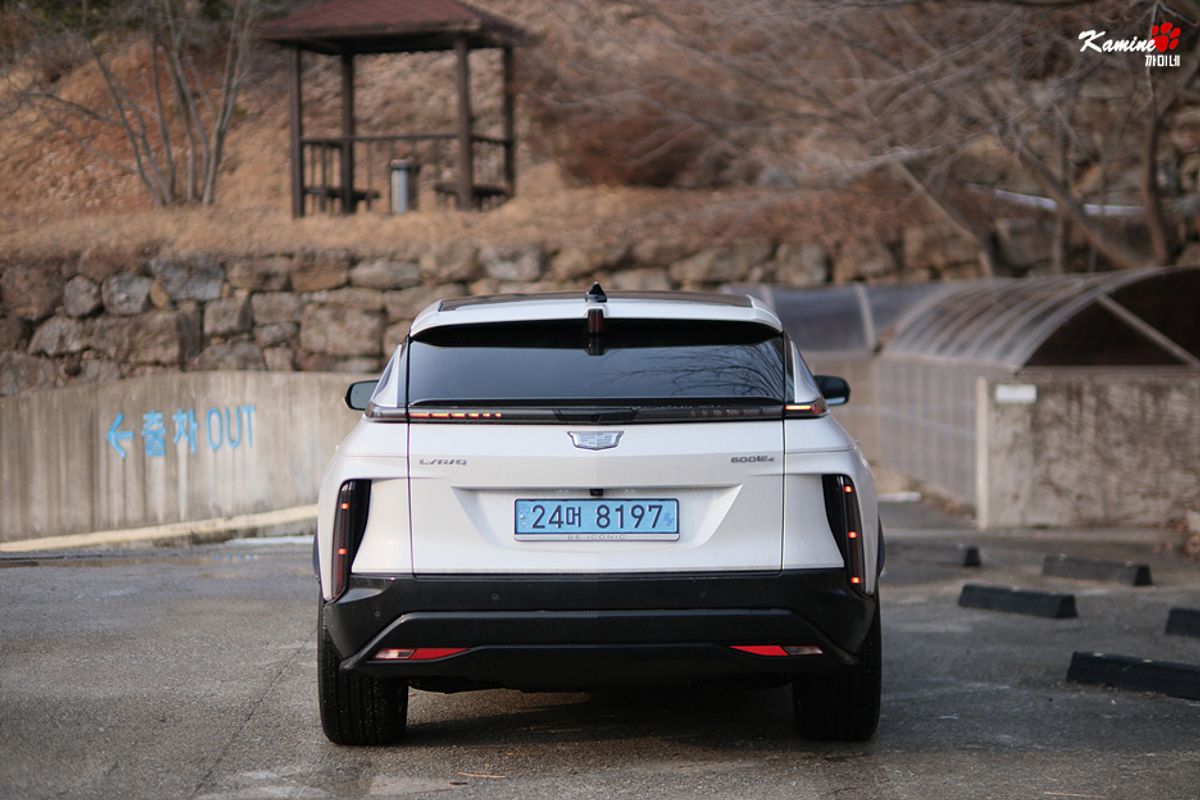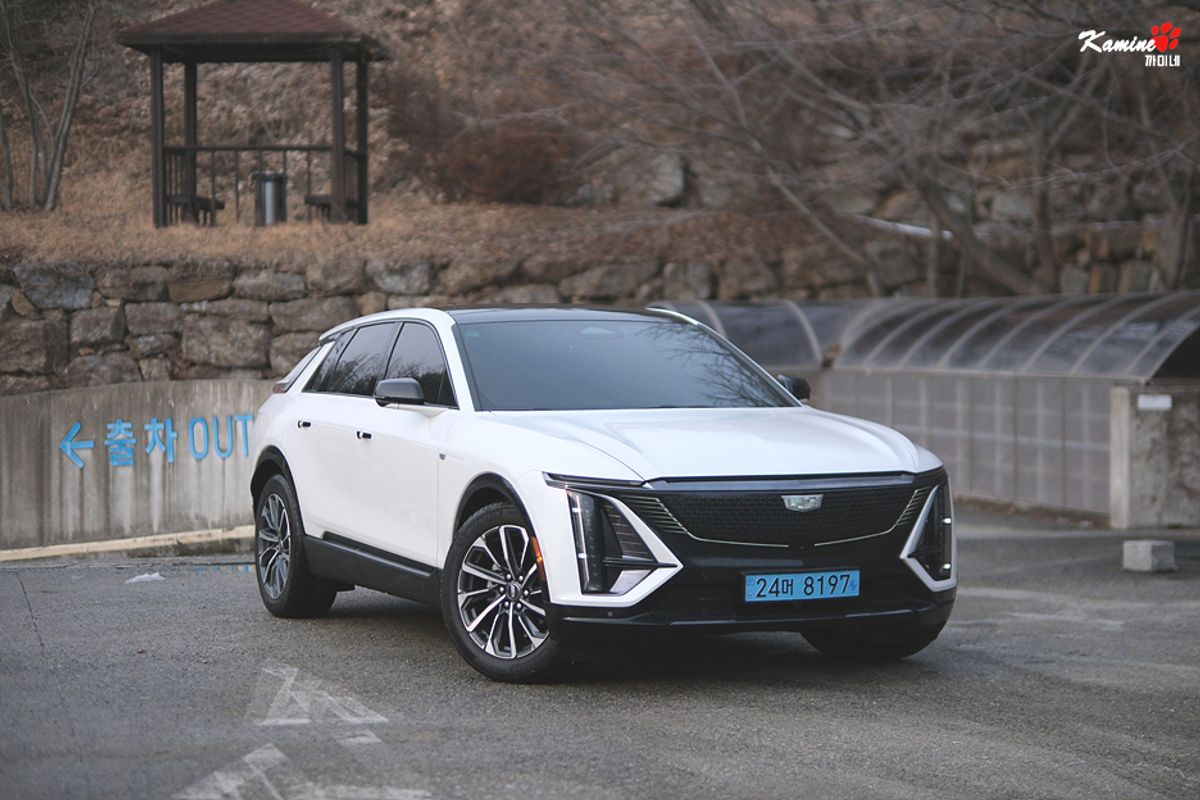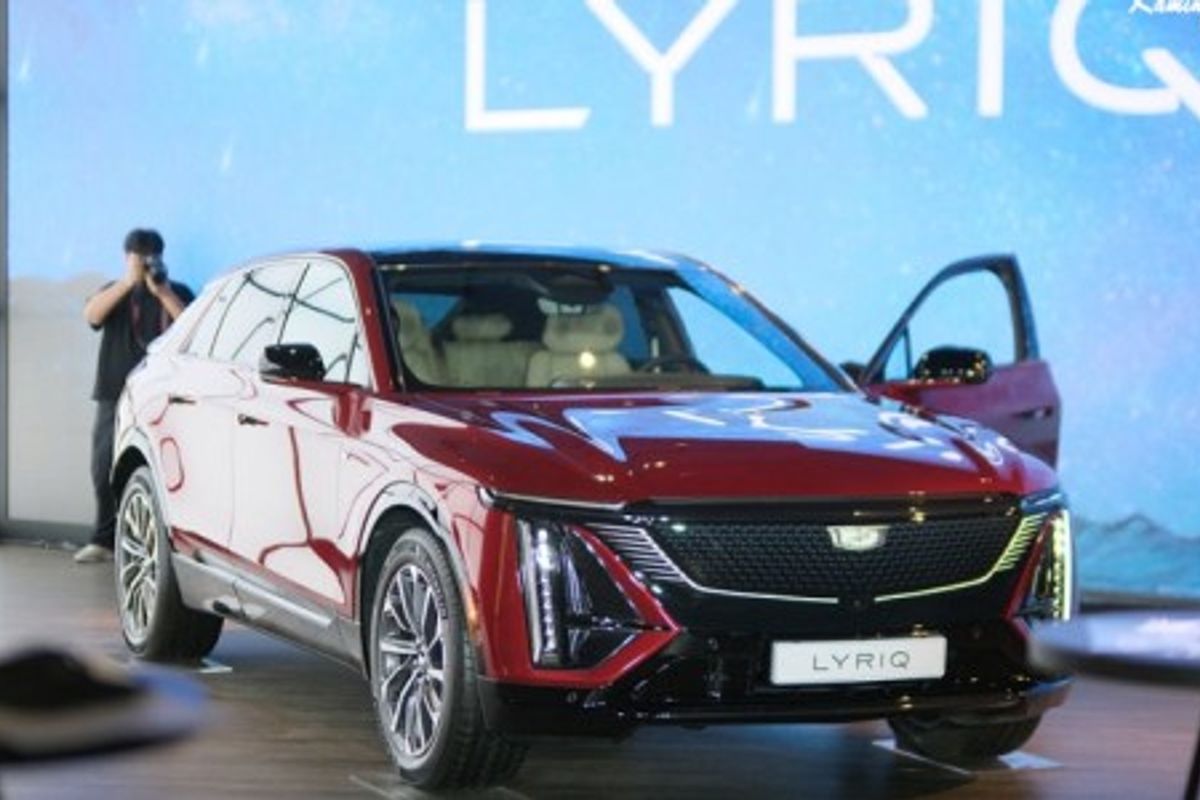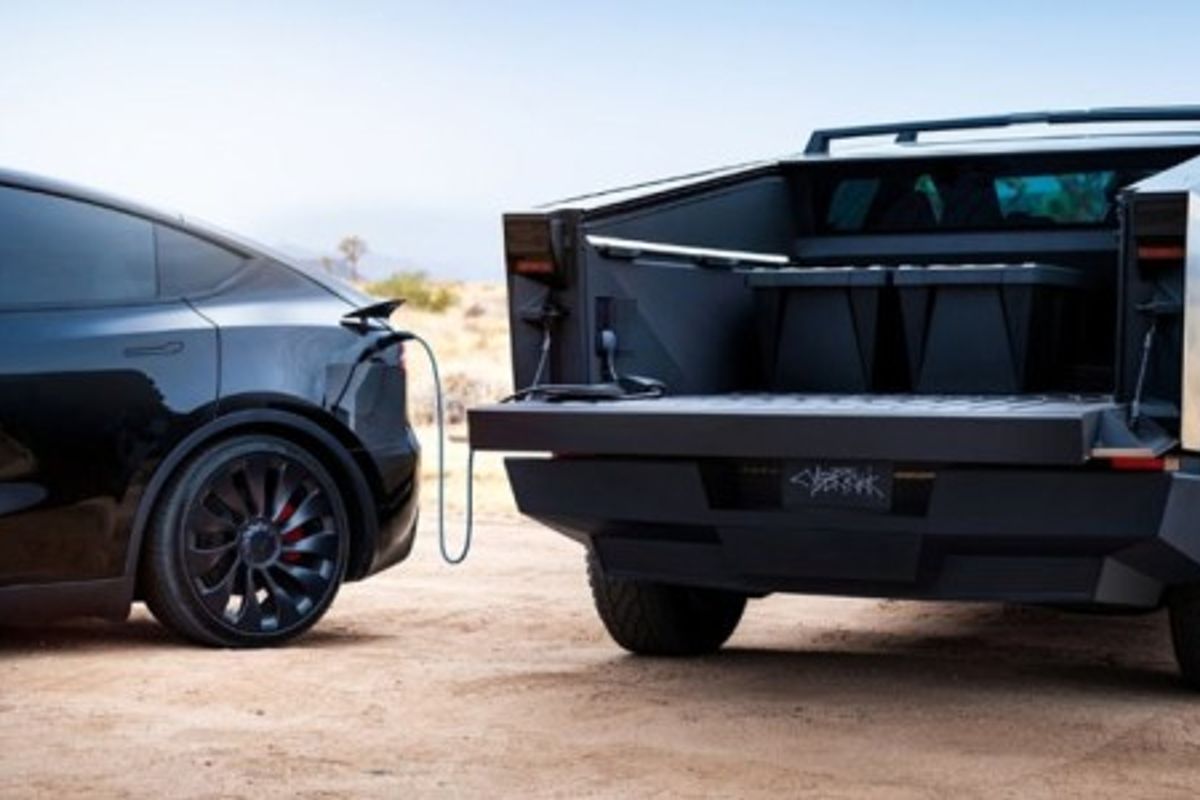It was last May when Korean GM announced a media event to unveil the domestic launch of the "Cadillac Lyriq." The driving review has taken quite a while to arrive. Like many others, I have been eagerly awaiting this model.
The Lyriq introduces a new genre for Cadillac, featuring a sleek body that merges the advantages of sedans and SUVs, often referred to as a crossover or GT style in Europe. The side proportions are particularly attractive.
While the stunning design stands out, I was also pleasantly surprised by the comfortable ride quality that made me feel as if I were in a luxury full-size sedan. The spacious interior greatly contributed to my satisfaction. In fact, one of the biggest challenges for brands producing electric vehicles is how to address the decline in ride comfort due to the increased weight from battery packs...
The Lyriq impressively provides a very comfortable ride, even without the Magnetic Ride Control or air suspension typically found in Cadillac's higher-end models. I initially assumed it had air suspension, but it turns out it doesn’t!
I was astonished by how advanced the suspension design of American cars has become. The preconceived notion of a stiff American suspension must be reconsidered, at least for the Cadillac Lyriq.
Additionally, my anticipation for future Cadillac or Korean GM electric vehicles has increased. While some critics point out the price of 100.69 million won (approximately $75,000 USD) as a drawback, experiencing the Lyriq makes it hard to justify selling it for 60 to 70 million won (approximately $45,000 to $52,500 USD).
The interior quality and materials are comparable to European luxury cars that cost between 100,000,000 to 200,000,000 won (approximately $75,000 to $150,000 USD).
Moreover, with a peak output equivalent to a staggering 500 horsepower, the Lyriq operates at a hypercar level. Additionally, its full charge provides a driving range of nearly 500 kilometers (approximately 310 miles), making long-distance travel convenient without the hassle of frequent charging.
As you may know, most recently released electric vehicles offer a driving range of around 300 to 400 kilometers (approximately 186 to 248 miles) per charge. Depending on weather and driving conditions, this range can drop to 70 to 80% of the advertised figures, leading to frequent charging being cited as a drawback.
However, considering environmental factors, the Lyriq boasts a generous battery capacity that allows for a comfortable driving range of around 300 to 400 kilometers (approximately 186 to 248 miles), which stands out among its competitors in the electric vehicle market.
Consequently, the vehicle has a hefty curb weight of 2.7 tons (approximately 5,952 pounds), which would typically necessitate a very stiff coilover suspension setup. However, the Lyriq consistently delivers a smooth ride quality.
When driving, you hardly notice the vehicle's weight, thanks to its responsive handling and ample torque, which allows it to accelerate from 0 to 60 mph in just 4.6 seconds.
The spacious interior provides ample room, even with a rear-facing child seat in the second row, there was enough legroom for an adult male in the front passenger seat.
The 19-speaker AKG studio audio system sounds impressive.
However, the somewhat monotonous layout of the instrument cluster and infotainment system may feel lacking in a country known for its advanced IT capabilities. Domestic brands have made significant strides in their instrument panel and navigation systems.
German brands like BMW and Mercedes-Benz, traditionally conservative, have made significant efforts to keep up with domestic trends, but Cadillac's system still feels about a generation behind.
Furthermore, the semi-autonomous driving features, which include basic adaptive cruise control and lane departure warnings, are disappointing. Despite the impressive design and luxurious interior, the absence of common lane-keeping assistance functions is a notable drawback for an electric vehicle.
Of course, the reason why Korean GM and Cadillac have not yet implemented their level 3 Super Cruise feature in the domestic market is understandable, but it leaves consumers feeling disappointed.
And then there’s the price. While I rationally understand that it’s a reasonable pricing strategy, the idea of a Cadillac electric vehicle priced at 100 million won (approximately $75,000 USD) feels hard to grasp. The existence of many other competitive models in that price range makes it even more challenging to accept.
Nevertheless, it's encouraging to see that Cadillac is offering about 8 million won (approximately $6,000 USD) in cash discounts along with low-interest installment and leasing programs for the 2024 Escalade and Lyriq. Additionally, there are extra discounts for the 2023 models. If they could significantly lower the price to around 80 million won (approximately $60,000 USD), the Lyriq might become one of the hottest-selling electric vehicles of the year.
